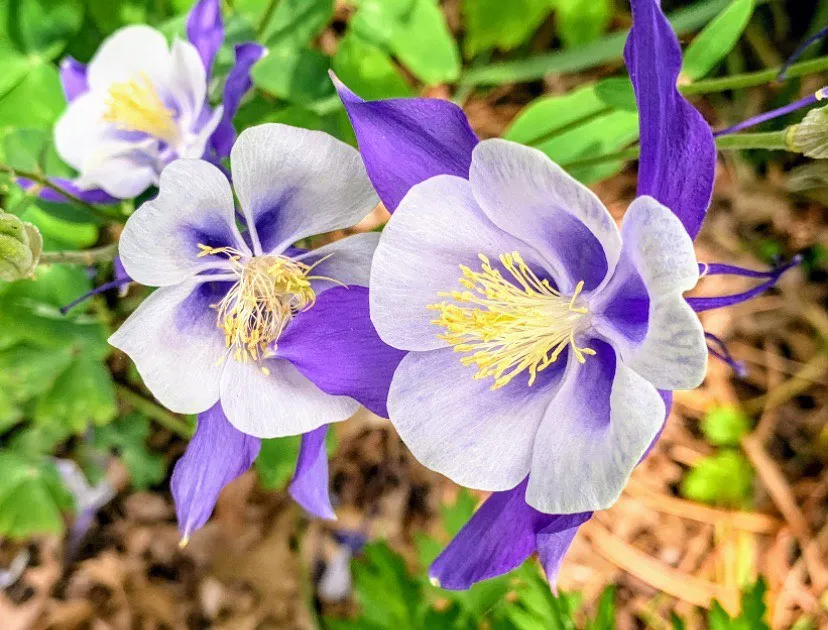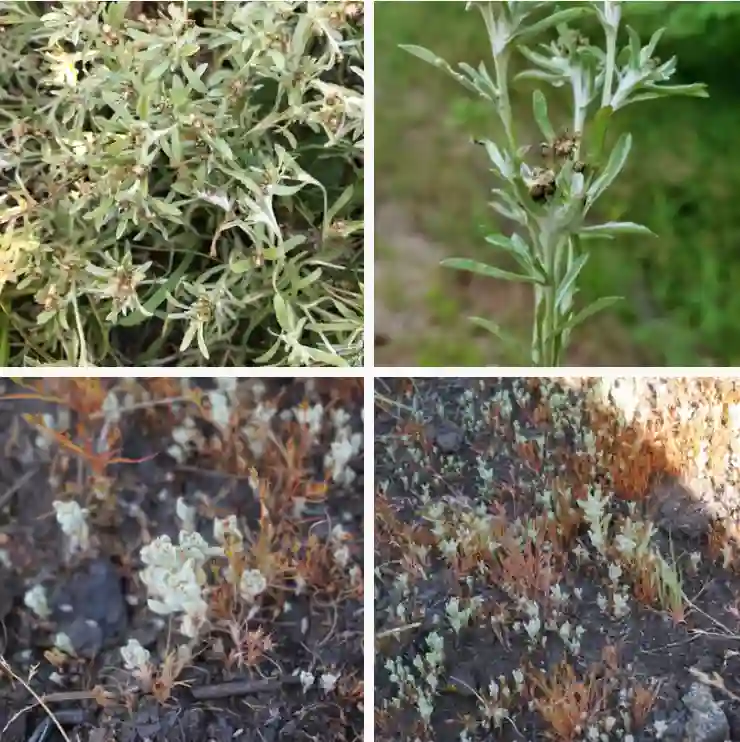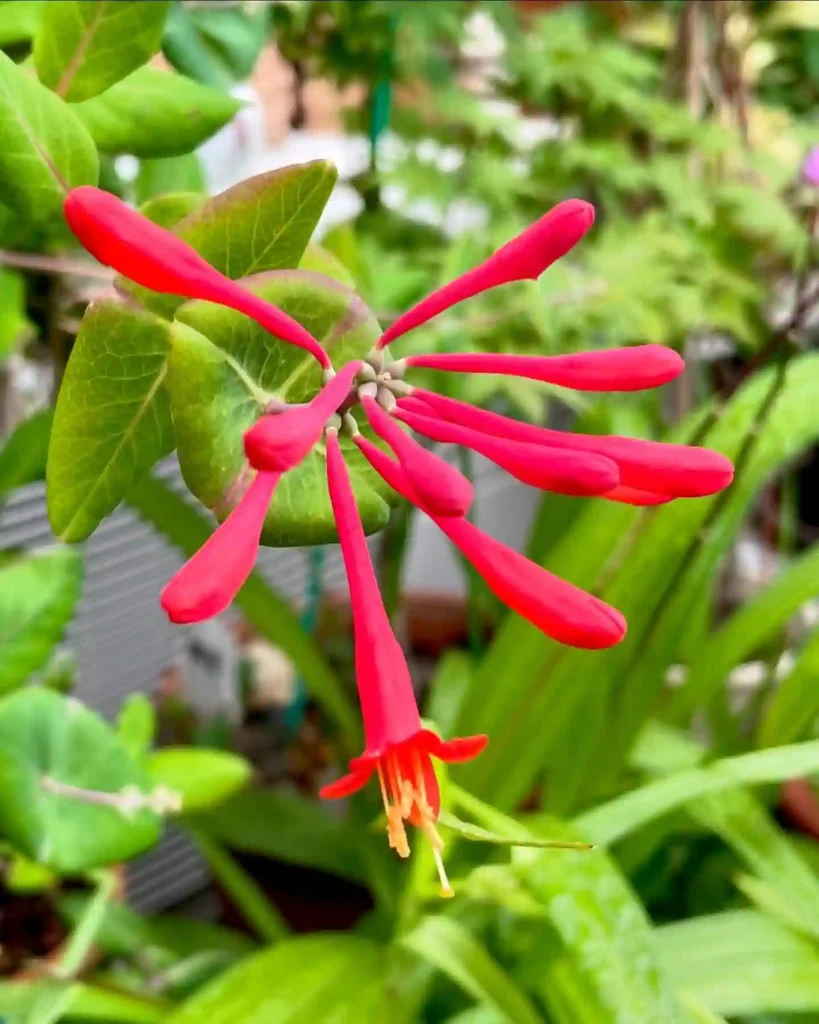A Journey into the World of Chrysobalanaceae: A Botanist’s Perspective
As a botanist, I’ve always been fascinated by the diversity and intricacies of the plant kingdom. One particular family that has captured my interest is the Chrysobalanaceae, a group of flowering plants known for their unique characteristics and ecological importance. In this article, I, Ferb Vu, will take you on a journey into the world of Chrysobalanaceae, exploring their defining features, geographical distribution, ecological significance, and economic value.
Chrysobalanaceae: The Cocoplum Family
The Chrysobalanaceae family, commonly known as the cocoplum family, comprises approximately 535 species distributed across 27 genera. These plants are predominantly woody, ranging from shrubs and small trees to lianas (woody vines). They are found in tropical and subtropical regions worldwide, with a particular concentration in the Neotropics (Central and South America).
Genera of Chrysobalanaceae
The 27 genera that make up the Chrysobalanaceae family exhibit a wide range of morphological and ecological diversity.
- Chrysobalanus: This genus, which lends its name to the family, includes the cocoplum (Chrysobalanus icaco), a coastal shrub or small tree known for its edible fruits.
- Licania: This genus is one of the largest in the family, encompassing approximately 160 species. Licania trees are often found in tropical rainforests and produce fruits that are an important food source for wildlife.
- Parinari: This genus includes several species known for their valuable timber, such as the Guinea plum (Parinari excelsa). Parinari trees also play a crucial role in forest ecosystems, providing food and shelter for various animals.
- Acioa Aubl.
- Afrolicania Mildbr.
- Angelesia Korth.
- Atuna Raf.
- Bafodeya Prance ex F.White
- Cordillera Sothers & Prance
- Couepia Aubl.
- Dactyladenia Welw.
- Exellodendron Prance
- Gaulettia Sothers & Prance
- Geobalanus Small
- Grangeria Comm. ex Juss.
- Hirtella L.
- Hunga Prance
- Hymenopus (Benth.) Sothers & Prance
- Kostermanthus Prance
- Leptobalanus (Benth.) Sothers & Prance
- Magnistipula Engl.
- Maranthes Blume
- Microdesmia (Benth.) Sothers & Prance
- Moquilea Aubl.
- Neocarya (DC.) Prance ex F.White
- Parastemon A.DC.
- Parinariopsis (Huber) Sothers & Prance
Distinctive Characteristics
Chrysobalanaceae plants are characterized by several distinctive features that set them apart from other families:
- Leaves: The leaves are typically simple, alternate, and often leathery in texture. They may be entire or toothed, and some species exhibit domatia (small structures that provide shelter for beneficial mites).
- Flowers: The flowers are usually small, actinomorphic (radially symmetrical), and bisexual. They are often arranged in racemes (unbranched inflorescences with stalked flowers) or panicles (branched inflorescences). The flowers are typically pollinated by insects, particularly bees.
- Fruits: The fruits are drupes (fleshy fruits with a single seed enclosed in a hard endocarp), often with a distinctive asymmetry. The fruits of many species are edible and play an important role in the diets of both humans and wildlife.
Ecological Importance
Chrysobalanaceae plants play a vital role in tropical and subtropical ecosystems. They contribute to forest structure and biodiversity, providing food and shelter for a wide range of animals. The fruits of many species are an important food source for birds, mammals, and even fish. Chrysobalanaceae plants also play a role in soil stabilization and nutrient cycling, contributing to the overall health of ecosystems.
Economic Value
In addition to their ecological importance, Chrysobalanaceae plants have economic value for humans. The fruits of several species, such as the cocoplum and Guinea plum, are consumed fresh or used to make jams, jellies, and other products. Some species, like the Parinari trees, are valued for their timber, which is used for construction, furniture, and other purposes. Chrysobalanaceae plants also have medicinal uses in traditional cultures, with various parts of the plants being used to treat a range of ailments.
Conclusion
The Chrysobalanaceae family represents a fascinating group of plants with unique characteristics and ecological significance. From the edible fruits of the cocoplum to the valuable timber of the Parinari trees, these plants play an important role in the lives of both humans and wildlife. As a botanist, I’m continually amazed by the diversity and adaptations of the Chrysobalanaceae family, and I look forward to further exploring their secrets in the years to come.
If i die, water my plants!



